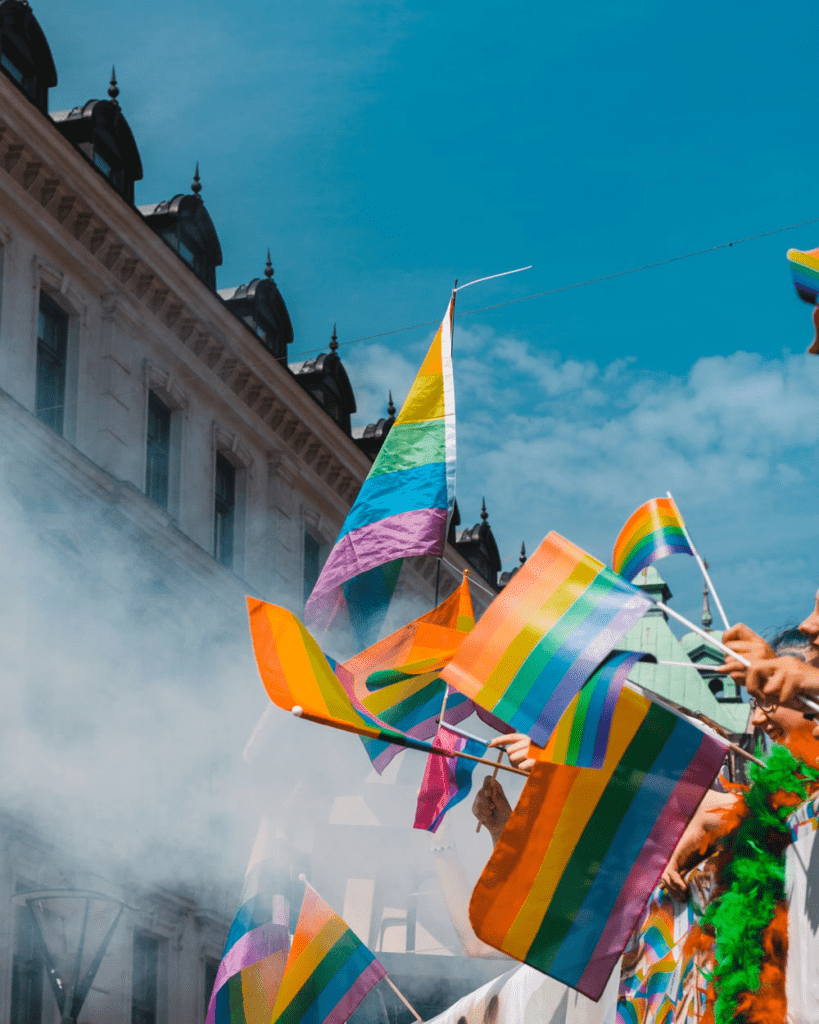Why Queer Retellings of Classic Stories Can Become Movies

- mrclanton
- October 14, 2022
- 6:23 pm
What New Year resolutions have you written down for yourself? As far as Hollywood cinema is concerned, we’ve been noticing a lot of mention of LGBTQ-friendly topics. It’s about time, too; queer folk and culture will no longer be deemed queer in modern society.
It’s heartening to see these developments in the film industry. There’s no stone left unturned when it comes to making eye-opening films.
This is making us wonder if classic stories should also be repackaged in a queer voice to appeal to make them more inclusive. Queer retellings of classic tales have certainly revolutionized the old archives and presented us with a new lens to view it with.
It treads upon the very significant notion that classic narratives aren’t an asset that belongs ONLY to heterosexual, white folks. It’s about appreciating different colors, languages and identities and accepting all for who they are.
Here’s why these queer adaptations of classic stories can be a big hit in 2020.
The Seven-Plot Dilemma
While Christopher Booker contends that the total exhaustive list of plots used in classics was seven, these tropes and tales and been retold over and over and won praise each time. This shows that filtering classic content through contemporary sensibilities is, after all, not a bad idea.
From Wide Sargasso Sea, to West Side Story and even Clueless, most of these retellings have been loved and commended in their own time. This is not to say that this idea can never default because we have examples like Pride and Prejudice. (But it’s the imperfections that make it perfect, right?)
While the originals must be revered in their own right, retellings allow us to review the position of those who weren’t cast in the original. This is where we make space for a queer narrative.

With the recent popularity of Disney remakes like Aladdin, it’s certain that modern audiences could kill for reviewing classics in modern contexts.
Now comes the question of twisting the classic narratives to add a thread of queer in the weave.
With Malinda Lo’s Ash, the queer culture has started to penetrate Hollywood movies. The Cinderella-esque character chooses a huntress as her romantic interest instead of the royal prince, and it doesn’t make the film any less interesting.
Sara Benincasa’s Greatis an interesting spin on The Great Gatsby, where the mysterious Gatsby and their beloved are both females. Here’s a shout-out to the modern females—queer representation also means a more prominent female voice.
Queer with a Taste for Vice
Including queer retellings in modern cinema doesn’t mean that we compromise the essence of classics to achieve the purpose. This is why these movies will and have preserved the essential characterization of classic icons and presented them as they should be.
This has enabled contemporary filmmakers to enrich the newer films with even more diversity: queer characters as both protagonists and antagonists.
A classicexample of this would be Mother, May I Sleep with Danger?, where the vampires are lesbians. Who said queers have to be cast only has docile virtuous characters? They’re allowed to have the enticing viciousness that drags crowds to the cinemas!
Brush up your memory for your favorite classics, because their remakes could be coming out soon!
And if you’d like to re-watch your favorite classics, reach out to us. We’re an authorized seller of classic movie DVDs and can ship it to you anywhere in the world.

